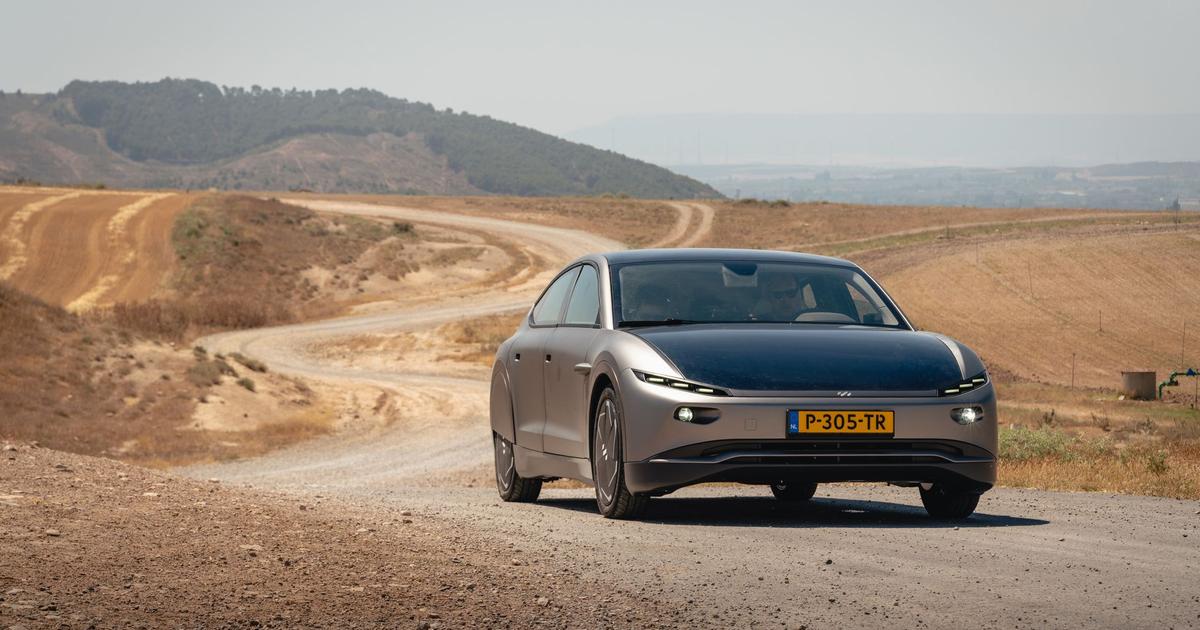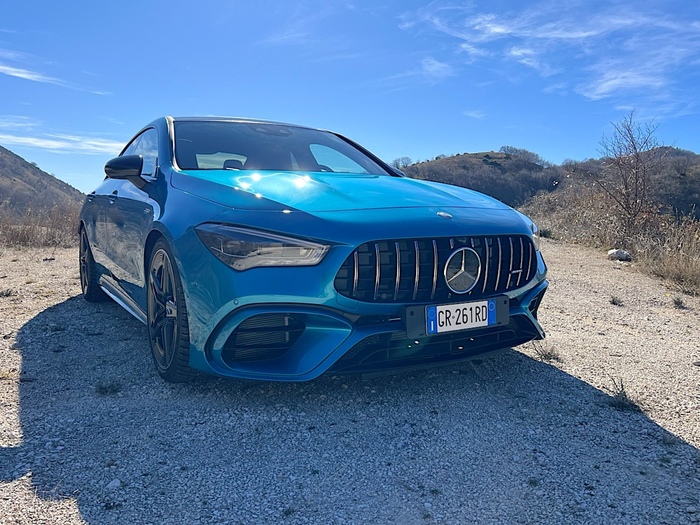More than nine billion kilometers are traveled worldwide by car each year.
“That's as much as a light year.
Transport is one of the most polluting sectors.
We want to help decarbonize it quickly,”
says Tessie Hartjes, Lightyear’s marketing and investor manager.
This young Dutch shoot, which takes its name from this ambition and not from the eponymous hero of Disney, has developed the first car in the world powered by the rays of the sun.
Imagined by five students from the Technical University of Eindhoven, it first enabled them to win the World Solar Challenge, an international competition for students, five times.
The founders, who make up the current management led by Lex Hoefsloot, managed to cover 1500 kilometers without charging during this race in Australia.
This feat led them to want to make their technology
“accessible to everyone, everywhere”
, adds the one who, at the end of 2016, was one of the first employees, now numbering 500.
Lightyear presented a prototype in 2019, then its “zero” model last June, the first copies of which will roll off the production lines of its Finnish partner Valmet this fall.
The pitfall of the price
The first customers pay 250,000 euros each to afford this jewel of technology that can drive, thanks to its five square meters of solar panels and its low weight, up to 1000 kilometers.
That is several weeks, even several months, without being connected to the network, because the batteries of this car are recharged while driving and when stationary, in the sun.
A key promise, because autonomy is, along with the price, one of the main obstacles to the purchase of electric cars.
“With Lightyear, you no longer need terminals.
The current electricity grid is insufficient to absorb growing demand, although not all cars, which are expected to grow from 1.5 billion to 2 billion by 2040, will be electric right away.
The needs are immense, especially in developing countries such as Pakistan and India,”
argues Tessie Hartjes.
This is why the company is working, while its "fuel" is already available everywhere, to make its technology accessible as quickly as possible.
On the one hand, by offering its solar roofs to other manufacturers and by working to lower its production costs.
"We are aiming for a starting price of 30,000 euros for our second model, of which 10,000 have been reserved by rental and car-sharing companies, which should hit the roads in 2025"
, explains the manager.
If more and more lights turn green for the start-up, whether at the regulatory level - with European legislation banning the sale of combustion engines by 2035 -, the rise in energy prices or even growing sensitivity to climate change, managing to make its innovation affordable will remain the sinews of war for Lightyear.
“We are impatient to move up a gear”
, does not hide Tessie Hartjes.
Like Buzz Lightyear (Buzz Lightyear in English), the hero of the movie
Toy Story
, finally.
Le Figaro
Society, health, environment, education, energy
» Discover the actors and initiatives of change








